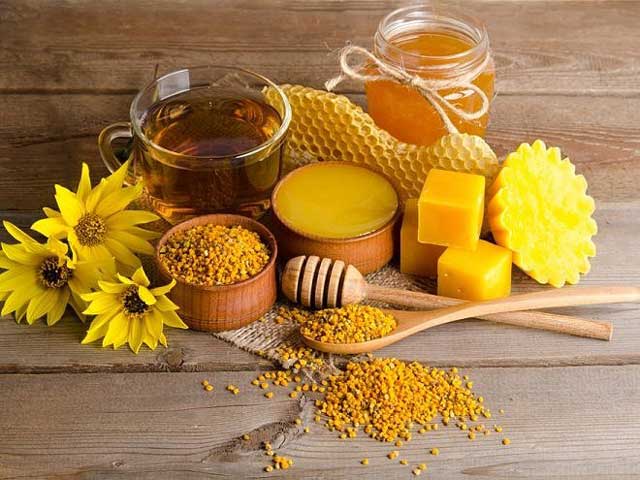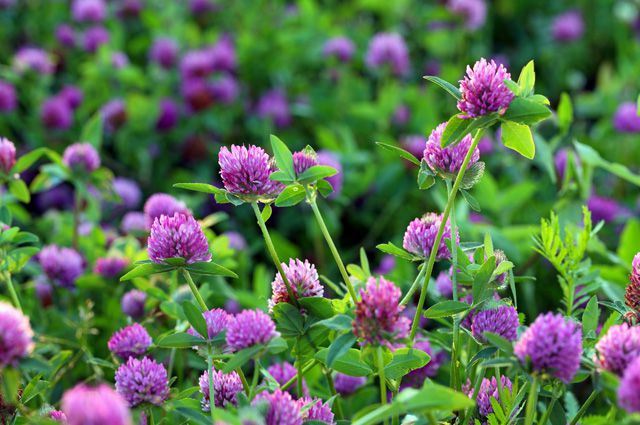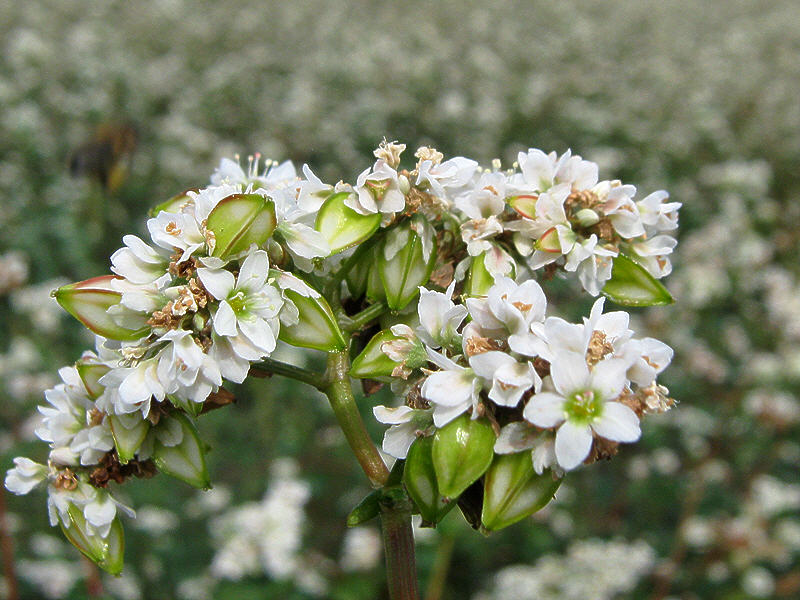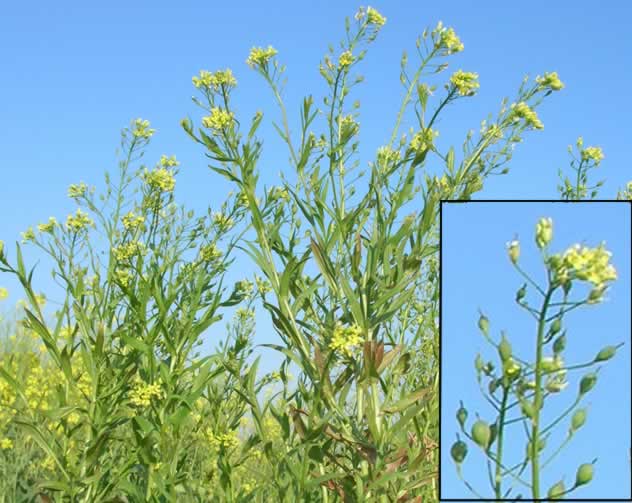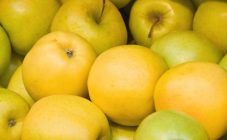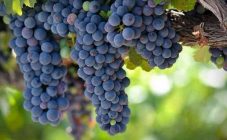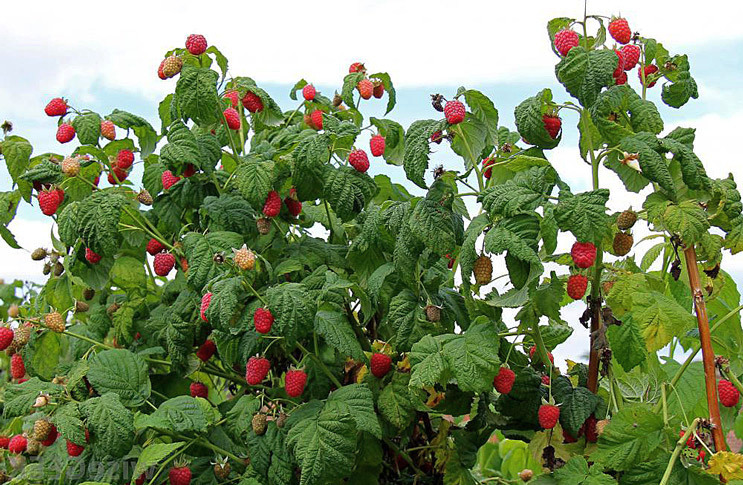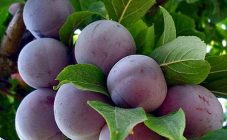Everyone knows about the unique taste and medicinal qualities of honey. It supplies the body with the necessary trace elements: iron, calcium, potassium, nickel, silver, manganese, chromium, zinc, cobalt, etc. Residents of megacities know little exactly how bees collect nectar for honey, and what herbs are suitable for this.
In the outback, away from the roads, in the forest or on a private plot, you can see bee houses, and around the sown honey grasses so that the bees do not fly far from the hive in search of sweet nectar. Honey plants are plants that are used by bees to collect nectar and pollen. The harvested crop is carried by hymenoptera insects to the hives and processed there into honey.
Honey is highly valued for its naturalness, but besides it, when breeding bees, you can get useful by-products:
- propolis;
- pergu;
- royal jelly.
And the name honey gets from the product from which the bees-workers collected it. It can be buckwheat, acacia, linden or simply flower, collected from many herbs.
Varieties of honey crops
Experienced beekeepers select a special composition of honey grasses for sowing. To do this, they take into account several factors:
- when flowering begins;
- flowering duration;
- healing properties;
- how much honey can be collected from a 1 ha field;
- an annual or perennial plant.
The most melliferous and useful plants include:
- clover;
- sunflower;
- Melissa;
- buckwheat;
- peppermint;
- oregano;
- common bruise;
- sowing mushroom.
Clover not only has excellent melliferous qualities, but is also used as feed for livestock, it contains a large amount of starch, sugars, vitamins E, C and P.
Sunflower, in addition to its melliferous properties, is grown for the production of sunflower oil and seeds - delicious fruits. In folk medicine, this sun flower is used as a decoction to increase appetite, as an antipyretic and mild laxative.
Melissa, peppermint, and oregano belong to the same family of Lamiaceae. These herbs of honey plants have found application in folk medicine and for the preparation of tonic types of tea.
The beneficial properties of buckwheat are known to everyone. Buckwheat is the seeds of the buckwheat plant. They ripen only at the beginning or by the middle of autumn. Buckwheat is a dietary product. Prescribed for patients for recovery after surgery. Buckwheat contains iron, potassium, calcium, phosphorus, iodine, fluorine, molybdenum, vitamins E, B1, B6, B12. Its leaves also have healing properties; to relieve the inflammatory process, they are applied to wounds.
Ryzhik
Gingerbread (red, camelina) is an annual or biennial grass covered with single narrow leaves up to 10 cm long. Belongs to the Cabbage family. It grows up to 30-80 cm in height. The flowers are pale yellow, collected in a brush. Flowering occurs in May, seeds appear in June. When ripe, forms pear-shaped pods with fruits rich in oil.
Camelina grass is cultivated:
- to obtain camelina oil;
- like a honey plant.
The fruits contain:
- about 40% oils;
- about 30% protein;
- vitamin E.
Camelina oil is a universal product suitable for absolutely everyone. There is only one contraindication - individual intolerance to the product. The most valuable is the cold (first) pressed oil. It is used in cosmetology, perfumery, medicine for the preparation of decoctions, tinctures for cancer and for leveling blood sugar levels. It can be used for dressing salads and side dishes. The daily dose should not exceed 2 tbsp. spoons.
The honey produced by bees from the nectar collected from camelina has a dark color and excellent quality.
In addition to it, on the territory of Russia, everywhere, like weeds, 2 more species of saffron milk caps grow on the sides of roads and fields:
- small-fruited mushroom;
- flax mushroom.
Common bruise
Bruise is a herb melliferous (blush, blue runnik), which is recognized as one of the best. Bees actively visit the flowers of this plant because of the abundance of nectar in them. It is a two-year-old plant, reaching up to 1-1.8 m in height. Flowering occurs at 2 years. The flowers are large on elongated peduncles, first pink, and then bright blue. Collected in spike-shaped inflorescences. The leaves are narrow and long, the root extending deep into the ground. They sow the fields with a bruise before the winter just before the frost, so that they do not have time to rise and freeze.
Even in a rainy summer, the beekeeper will not be left behind if his field is sown with this crop. And in a sunny, prosperous warm season, per hectare, bees collect honey up to 800 kg from this plant, while buckwheat gives up to 100 kg, and sweet clover - 200-300 kg.
There are 2 ways of sowing blue runnik:
- Clean sowing. This method is good in the southern regions and the Middle Lane.
- Sowing with cover crop. In conditions with harsh winters, the plant can freeze out, therefore in Siberia it is planted together with oats, but the amount of cover crop is taken 20-30% less so as not to bruise. Oats grow quickly, they can be cut in 1.5 months as a forage crop for animals.
In the spring after germination of seeds, the blush forms a rosette and a root that penetrates far into the ground. By the end of the first year of life, the plant grows up to 30 cm and in this form leaves before winter. The second year of life also begins with the formation of a socket. It will soon grow from 5 to 7 tall stems. The largest increase continues until July, simultaneously with the beginning of budding. Flowers open gradually from bottom to top. One flower produces nectar for 2 days. One plant can form from 900 to 4000 flowers per season.
The plant after fertilization, which occurs in the first 2 days of the life of the bud, changes its color from pink to blue during flowering. In addition, it is believed that if the inflorescences remained in their original color, they would be inconspicuous for the bees.
In folk medicine, the bruise herb is used as a remedy that relieves convulsions in epilepsy, as a sedative and expectorant for bronchitis, laryngitis, as a blood purifier. A cloth soaked in broth is applied to sore spots in the form of compresses for sprains and joint pain.
Phacelia
Phacelia melliferous herb is known both for its beneficial properties and as a green manure - a plant that improves soil air permeability. Belongs to the Vodolistnikov family. It is an absolutely unpretentious one-year culture.
The nectar in phacelia flowers is found in nectars covered with soft hairs, where it is well preserved and available to bees. Its greatest amount is observed at 24-28 ° C after warm rains.In hot weather above 30 ° C and below 16 ° C, nectar is released by the plant in smaller quantities.
The honey, formed from the nectar of the phacelia, is light with a delicate aroma and slowly crystallizes. Shown:
- with low acidity;
- nausea;
- heartburn;
- as a means of strengthening memory and calming the nervous system;
- with cardiovascular diseases;
- heals small ulcers on the walls of the stomach;
- the high content of glucose in honey helps to increase glycogen in the liver, nourish cells and improve metabolic processes, increasing the body's resistance to various diseases.
All of the above crops grow throughout Russia, including Siberia, but when sowing melliferous grasses, you should pay attention to the flowering time of the plant. If it blooms very early or blooms in August, it is not suitable for the zone of risky farming, to which Siberia can be attributed with its recurrent spring frosts and early autumn frosts.
Thus, the presence of a plot sown with honey grasses near the hives or at a short distance makes it much easier for the bees to collect nectar and ultimately increases the amount of honey received by the beekeeper, even in adverse weather conditions.
